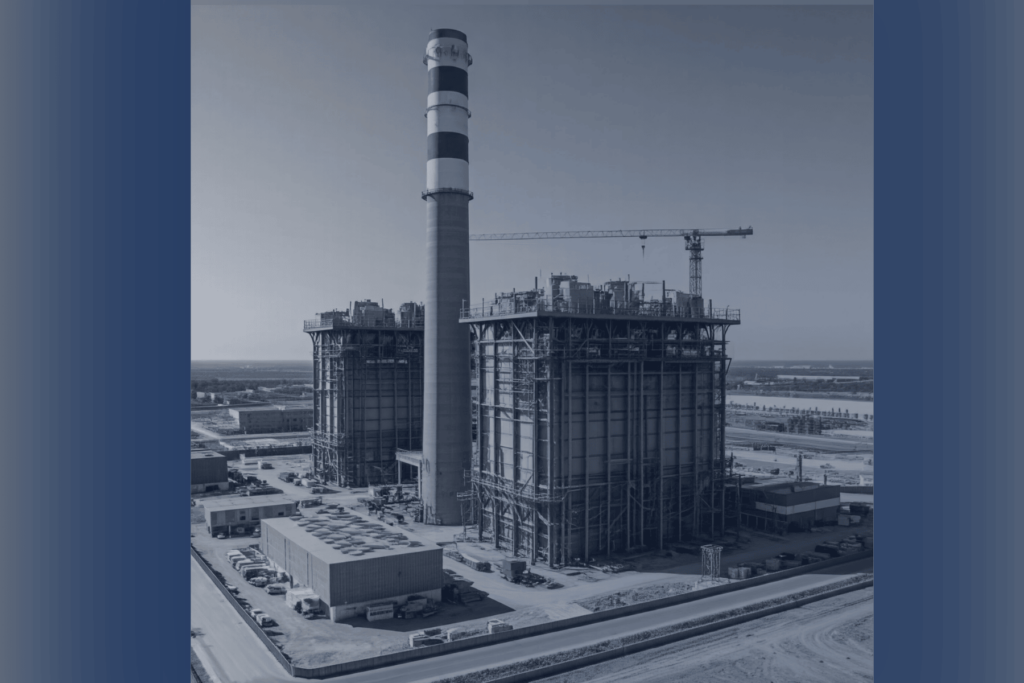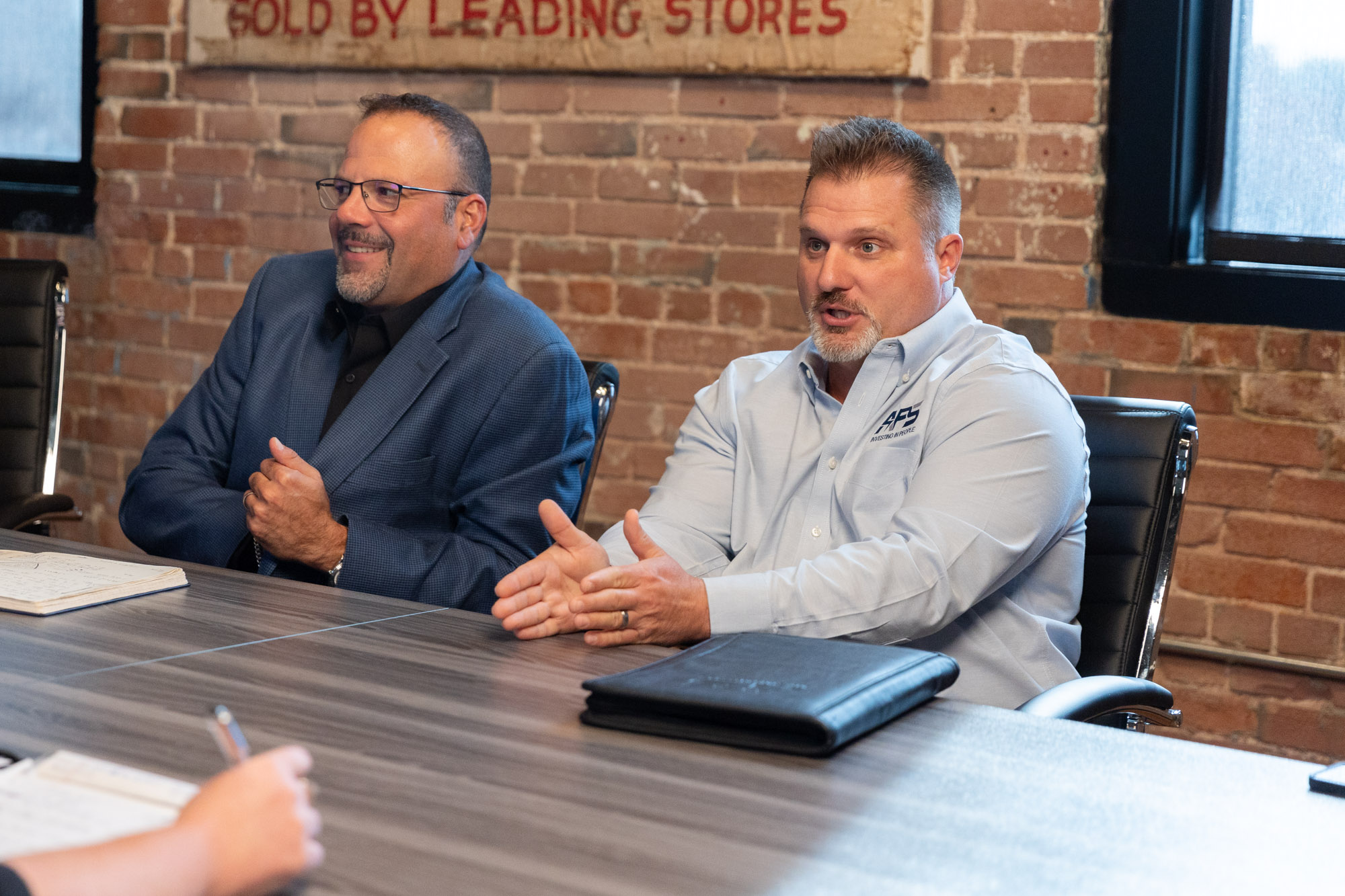
Emerging Trends in Industrial Construction
The United States is experiencing a demographic shift, with profound implications for the workforce. The ratio of post-working-age to working-age individuals is rapidly increasing, a trend exacerbated by declining labor force participation rates among younger workers and an early retirement trend among older workers. This demographic shift is particularly acute in sectors like construction, where physical demands and a historically male-dominated workforce have contributed to an aging labor pool.
Simultaneously, the industrial construction sector is undergoing a period of rapid transformation. Driven by technological advancements, sustainability mandates, and increasing globalization, the industry is grappling with new challenges and opportunities. While demand for skilled labor in industrial construction is surging, the ability to meet this demand is hindered by a complex interplay of factors, including the need for specialized skills, the integration of innovative technologies, and the need for sustainable practices.
The convergence of these trends—an aging workforce and a rapidly evolving industry—creates a perfect storm. The loss of industry knowledge through retirements, coupled with the shortage of skilled labor, threatens the industry’s ability to meet the demands of the future. Addressing this challenge requires a comprehensive approach that includes investments in workforce development, technological innovation, and strategic planning.
Prefabrication and Modular Construction
Prefabrication and modularization are reshaping the industrial construction landscape. By shifting construction processes from chaotic job sites to controlled factory environments, these methods offer many advantages. Accelerated project timelines, reduced labor costs, and enhanced quality control are just a few of the benefits driving their widespread adoption.
The precision and efficiency gained through prefabrication allow for greater predictability in project scheduling and budgeting. Moreover, the flexibility inherent in modular construction makes it an ideal solution for projects with evolving requirements or those in regions prone to natural disasters. As these methods continue to mature, we can expect to see even more innovative applications in the industrial sector.
Green Building and Sustainability
Sustainability has emerged as a paramount concern in industrial construction. Driven by increasing environmental consciousness and regulatory pressures, building owners and developers are prioritizing eco-friendly practices. By incorporating energy-efficient systems like advanced HVAC and lighting technologies, and utilizing sustainable materials, the industry is making strides towards reducing its carbon footprint.
Beyond energy efficiency, a comprehensive approach to sustainability encompasses indoor air quality, water conservation, and waste management. By creating healthier and more environmentally responsible industrial spaces, the construction sector is not only contributing to a greener planet but also enhancing the well-being of occupants and the overall performance of facilities.
This shift towards sustainable construction is not merely a trend, but a strategic imperative. The demand for environmentally responsible buildings will only continue to intensify.
What Going Green Means for Your Workforce
The global transition to a low-carbon economy is generating a surge in demand for skilled labor across the renewable energy sector. To achieve ambitious climate targets, the industry requires a massive workforce expansion, with an estimated 2.8 million additional workers needed for the construction and operation of wind and solar projects alone. However, this unprecedented growth is colliding with a tight labor market already strained by rising wages in construction and manufacturing.
The Bipartisan Infrastructure Law is further intensifying the competition for talent, injecting an additional 345,000 jobs into the construction sector by 2027-28. This factor presents a significant challenge for the industry, as it must rapidly scale up its workforce while ensuring that employees possess the necessary skills to meet the demands of these complex projects. The race to secure and develop talent will be critical for the success of the green energy transition.
To address this challenge, the industry must invest in workforce development initiatives, explore innovative recruitment strategies, and create attractive career paths to retain employees.
Technological Advancements
The construction industry is rapidly embracing technology to improve efficiency, productivity, and safety. Building Information Modeling (BIM) has become an indispensable tool for architects, engineers, and contractors, enabling better collaboration, coordination, and visualization of projects. Drones are being deployed for site surveys, progress monitoring, and safety inspections, providing valuable data for decision-making. The Internet of Things (IoT) is transforming construction operations through real-time monitoring of equipment, materials, and environmental conditions, optimizing resource utilization, and minimizing downtime.
The Future of Industrial Construction
Technology is revolutionizing the industrial construction industry. BIM has emerged as a cornerstone, transforming project planning, design, and execution. By creating a digital representation of a building, BIM enhances collaboration, detects conflicts early, and optimizes resource allocation. Drones, once a novelty, are now indispensable tools for site surveys, progress monitoring, and safety inspections. Their aerial perspective provides unparalleled data for informed decision-making and project management.
Furthermore, the IoT is weaving its way into construction operations, creating a network of interconnected devices and sensors. This convergence of technology is shaping the future of industrial construction by driving efficiency, productivity, and innovation.
The Shortage of Skilled Labor in Industrial Construction and Workforce Development
The industry as a whole is grappling with a severe shortage in skilled labor in industrial construction that threatens to undermine project timelines, quality, and safety. With over 300,000 construction job openings in 2023-2024, the industry is facing a crisis of unprecedented proportions. This shortage is particularly acute in critical roles like construction laborers, electricians, and welders.
Electricians, essential to both construction and manufacturing, are facing a looming retirement wave, coupled with the rapid pace of technological change. This threatens to create a critical gap in expertise. Similarly, the welding industry is grappling with a shortage of 584,000 workers, exacerbated by competition from both the manufacturing and construction sectors.
The consequences of the skilled labor in industrial construction shortage are far-reaching. Projects are delayed, costs are escalating, and safety is compromised due to the reliance on inexperienced workers. As the nation embarks on ambitious infrastructure and renewable energy projects, the skilled labor shortage risks becoming a major bottleneck.
Addressing these critical labor shortages requires a multifaceted approach, including strategic partnerships with staffing firms, investment in workforce development, and the adoption of innovative technologies to enhance productivity and reduce reliance on labor-intensive tasks.
The Role of Staffing Companies
Staffing companies have emerged as indispensable partners in addressing the skilled labor shortage in industrial construction. By providing a flexible and reliable source of talent, these companies play a crucial role in mitigating project delays, cost overruns, and quality compromises. Their expertise in recruitment, screening, and onboarding frees construction companies to focus on core competencies, driving operational efficiency and project success.
By leveraging the expertise and resources of staffing companies, construction firms can effectively bridge the skilled labor gap, enhance project execution, and position themselves for long-term success in the rapidly evolving industrial construction landscape.
Key benefits of working with a staffing company include:
- Rapid access to skilled labor: Staffing companies have extensive networks of qualified professionals, allowing them to quickly fill critical roles and meet project deadlines.
- Reduced recruitment and onboarding costs: By outsourcing the recruitment and onboarding process, construction companies can save time and resources.
- Flexibility and scalability: Staffing companies can provide temporary or contract workers to meet fluctuating workforce needs, ensuring that projects have the right number of employees at the right time.
- Access to specialized expertise: Staffing companies often have specialized divisions that can recruit talent with specific skills, such as welding, electrical engineering, or project management.
- Risk mitigation: By partnering with a reputable staffing company, construction companies can mitigate the risks associated with hiring inexperienced or unqualified workers.
Industrial Construction: Building the Future
The industrial construction industry stands at a pivotal moment, facing both significant challenges and unprecedented opportunities. As the global economy evolves and sustainability becomes a paramount concern, the industry must adapt to stay competitive. By embracing emerging trends such as prefabrication, modularization, and advanced technologies, construction firms can enhance efficiency, reduce costs, and improve project outcomes.
Investing in a skilled workforce is equally critical. Developing talent through apprenticeships, training programs, and diversity initiatives will ensure the industry has the human capital needed to execute complex projects. Additionally, fostering a culture of innovation and collaboration will be essential for driving progress and staying ahead of the competition.
The future of industrial construction is bright, but it requires a proactive and strategic approach. With APS Solutions as your staffing partner, you can successfully navigate workforce challenges and capitalize on the opportunities, emerging as a leader in this dynamic and evolving industry.






